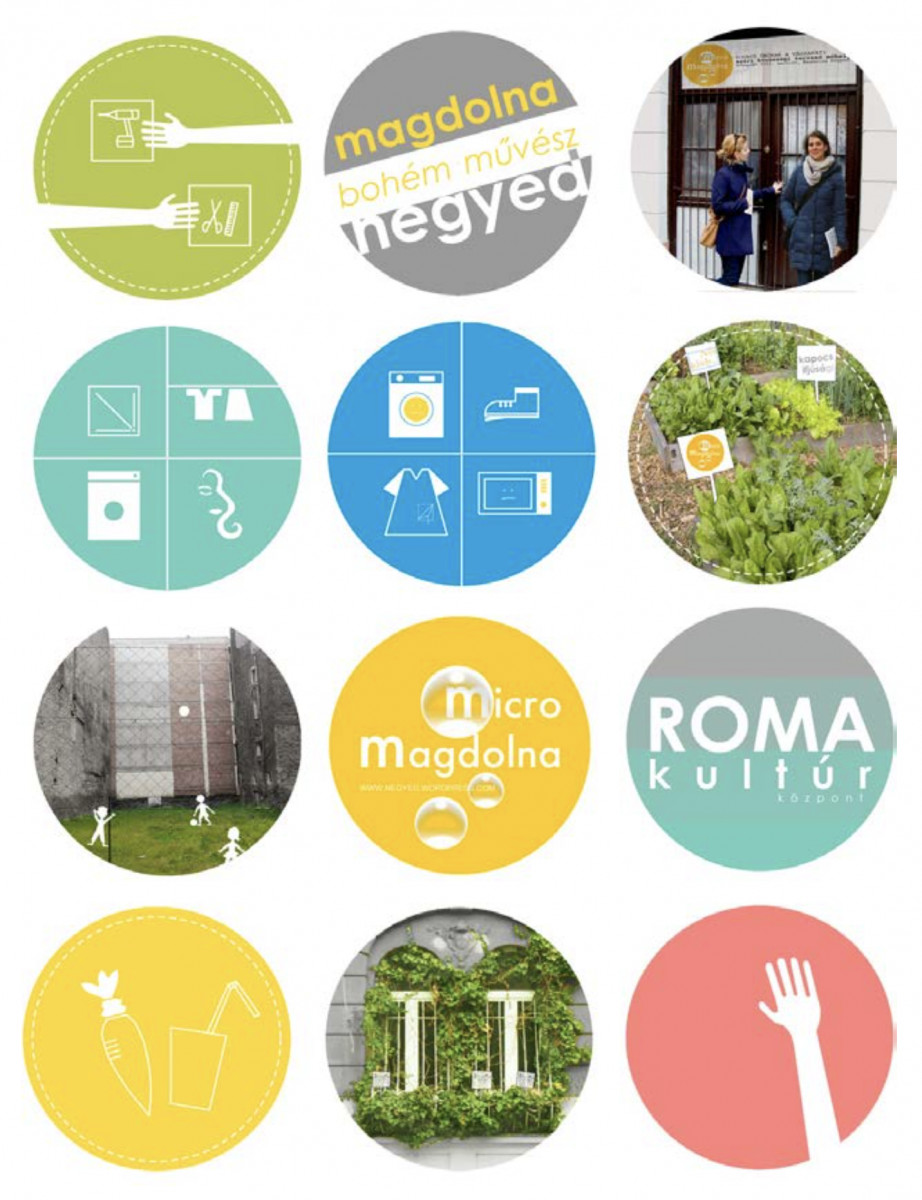Temporary Use as Anti-Segregation Tool
The case of Budapest's Magdolna quarter and the parallel of Berlin Neukölln's Reuter quarter
- Author
- Dimitrijevic Tijana DLA
- Supervisor
- Klobusovszki Péter DLA
- Year
- 2018
- Download disszertáció
Key words: temporary use, urban ghetto, spatial and social segregation, gentrification, social urban rehabilitation, community involvement, participatory architecture design, Budapest 8th district Magdolna quarter, Berlin Neukölln district Reuter quarter.
Temporary use as an urban development tool is a well- documented and experimentally researched topic. However, there is no comprehensive research yet that would deal with the special case of segregated, ghettoized urban neighbourhoods. The first goal of the dissertation is to fill this gap. Second, it examines how the temporary use can help to overcome spatial and social segregation. What possibilities can be found in the intersection of these two topics, and what questions does this interplay raise? What is the potential role of the architect in this context?
The research departs from the existing theoretical literature, and it looks specifically at the intersection of the two topics. Its empirical focus is the case of Magdolna quarter in Budapest. Here I examine the quarter's social context, potential, contemporary local temporary use experiments, and my own fieldwork (CivilHalo, Negyed, Micromagdolna projects). The theoretical and practical results of the research in Budapest are compared with the experiment of the temporary use in Berlin Neukölln's Reuter quarter (Coopolis Temporary Use Agency). The dissertation offers three main findings: first, it proposes a temporary use strategy for the Magdolna quarter; second, it offers generally applicable thesis statements on the question of the temporary use; third, it identifies the main critical aspects of the researched topic.
The dissertation shows the potential of temporary use strategies as anti-segregation tools, but it also points out the constraints of this endeavour. It emphasizes the importance of critical perspectives when dealing with the correlations of temporary use, social urban rehabilitation and gentrification. It also underlines the necessity of a responsible approach to the temporary use strategies in segregated urban neighbourhoods. I highlight the role of the architect in the process, and the significance of community involvement and the development of creative and alternative participation design tools. Finally, the dissertation offers possible guidelines for further inquiry.
The goal of the doctoral dissertation, both its thesis statements and its critical questions, is to serve as the basis for further discussion and dialogue on the topic of the temporary use in segregated, ghettoized urban neighbourhoods - not only amongst architects.
